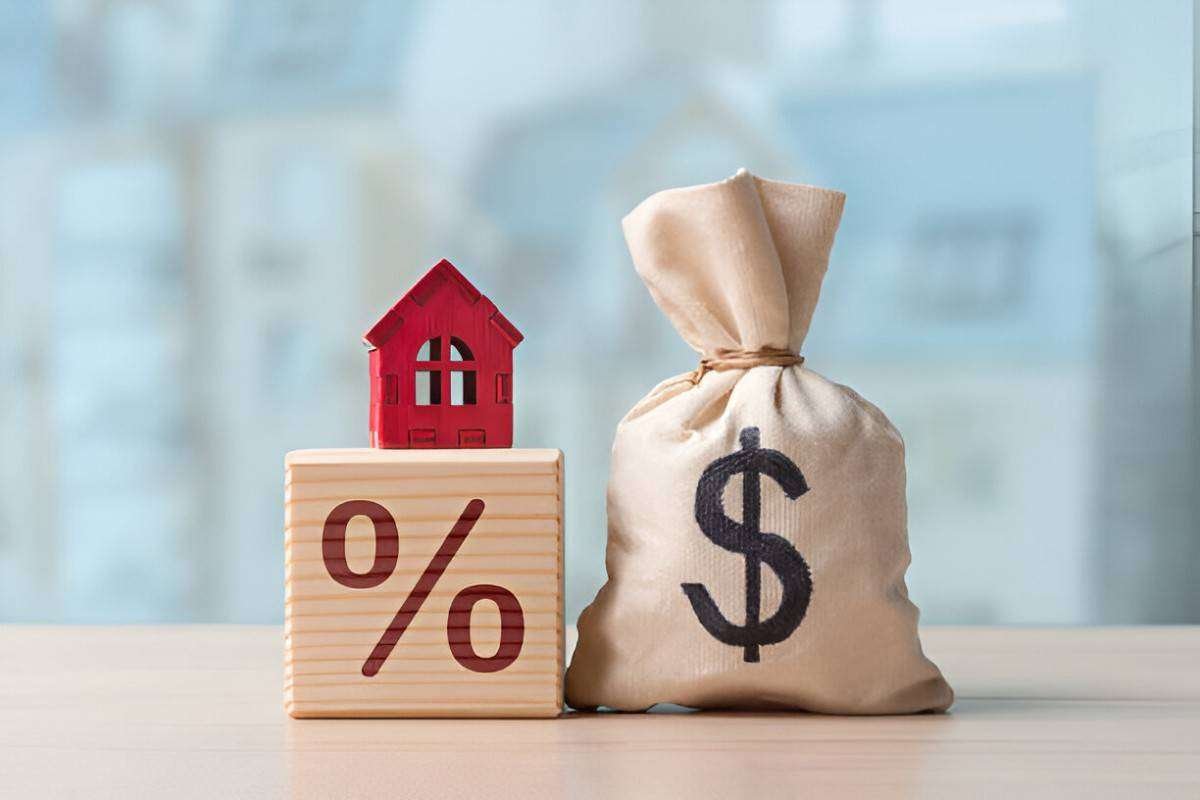Introduction
As a prospective homeowner or a current mortgage holder, securing a 4.99% interest rate on a mortgage might seem like an enticing opportunity. In this guide, I will analyze what a 4.99% interest rate mortgage means, how it compares to other mortgage rates, its potential benefits and drawbacks, and the financial implications of such a loan.
Table of Contents
Understanding the 4.99% Mortgage Interest Rate
A mortgage rate of 4.99% refers to the annual percentage rate (APR) that a lender charges on a home loan. This rate affects the total interest paid over the loan term and determines monthly payments.
To illustrate the impact, consider a 30-year fixed-rate mortgage of $300,000 at 4.99% interest:
M = \frac{P \times r}{1 - (1 + r)^{-n}}Where:
- MM = Monthly Payment
- PP = Loan Principal ($300,000)
- rr = Monthly Interest Rate (4.99% / 12 = 0.0041583)
- nn = Total Number of Payments (30 years × 12 months = 360)
Plugging in the numbers:
M = \frac{300{,}000 \times 0.0041583}{1 - (1 + 0.0041583)^{-360}} \approx 1{,}610.46This means a borrower pays around $1,610 per month for principal and interest, excluding property taxes and insurance.
Comparing 4.99% to Other Interest Rates
To understand whether 4.99% is a competitive rate, let’s compare it with lower and higher interest rates.
| Loan Amount | Term | Interest Rate | Monthly Payment | Total Interest Paid |
|---|---|---|---|---|
| $300,000 | 30 years | 4.50% | $1,520.06 | $247,219.16 |
| $300,000 | 30 years | 4.99% | $1,610.46 | $279,767.64 |
| $300,000 | 30 years | 5.50% | $1,703.37 | $313,213.25 |
A 4.99% rate results in a total interest payment of $279,767 over 30 years—significantly more than a 4.50% rate but less than a 5.50% rate.
Fixed vs. Adjustable-Rate Mortgages
A 4.99% rate is typically associated with a fixed-rate mortgage, ensuring consistent payments. In contrast, an adjustable-rate mortgage (ARM) may start lower but can increase over time. If market rates rise, an ARM could lead to significantly higher payments.
| Loan Type | Initial Rate | Rate Changes | Monthly Payment Stability |
|---|---|---|---|
| Fixed-Rate | 4.99% | None | Predictable |
| 5/1 ARM | 4.00% | Adjusts after 5 years | Uncertain |
For borrowers prioritizing stability, a fixed-rate mortgage at 4.99% is preferable.
How Credit Score Affects Interest Rates
Mortgage rates depend on credit scores. Borrowers with higher scores qualify for lower rates.
| Credit Score Range | Likely Interest Rate |
|---|---|
| 760+ | 4.50% |
| 700-759 | 4.99% |
| 640-699 | 5.50% |
| Below 640 | 6.00%+ |
Improving credit scores before applying for a mortgage can reduce interest rates, saving thousands over the loan term.
Financial Implications of a 4.99% Mortgage
A mortgage with a 4.99% rate affects more than monthly payments. It influences:
- Total Loan Cost – Higher interest rates increase the total amount paid over time.
- Affordability – Monthly payments determine budget flexibility.
- Equity Growth – Lower rates help build home equity faster.
Example: If a borrower pays $1,610 monthly, only part of that goes toward the principal in early years. In the first year, about 70% of each payment covers interest.
Refinancing Considerations
If current mortgage rates drop below 4.99%, refinancing may be an option. However, refinancing involves closing costs, which should be weighed against potential savings.
Refinancing Scenario:
- Current Loan: $250,000 at 4.99%
- New Loan: $250,000 at 4.25%
- Monthly Savings: ~$95
- Break-even Point: If closing costs are $3,000, it takes ~32 months to recover costs.
When a 4.99% Mortgage Makes Sense
A 4.99% rate is reasonable when:
- Market rates are higher.
- You have stable income and prioritize predictable payments.
- Refinancing costs outweigh potential savings.
However, it may not be ideal if lower rates are accessible or if short-term homeownership is planned.
Conclusion
A 4.99% mortgage rate can be a solid option depending on market conditions and individual financial situations. It is essential to compare loan terms, consider long-term costs, and evaluate refinancing opportunities to make the best decision. By understanding these factors, borrowers can maximize their financial health while securing homeownership.





